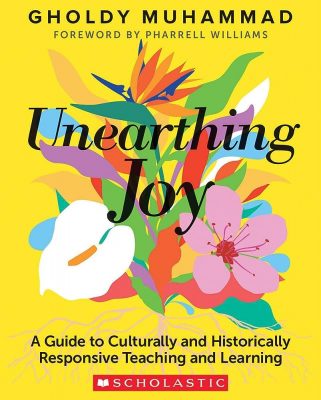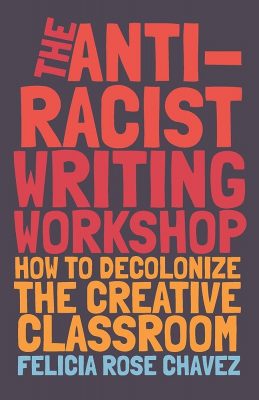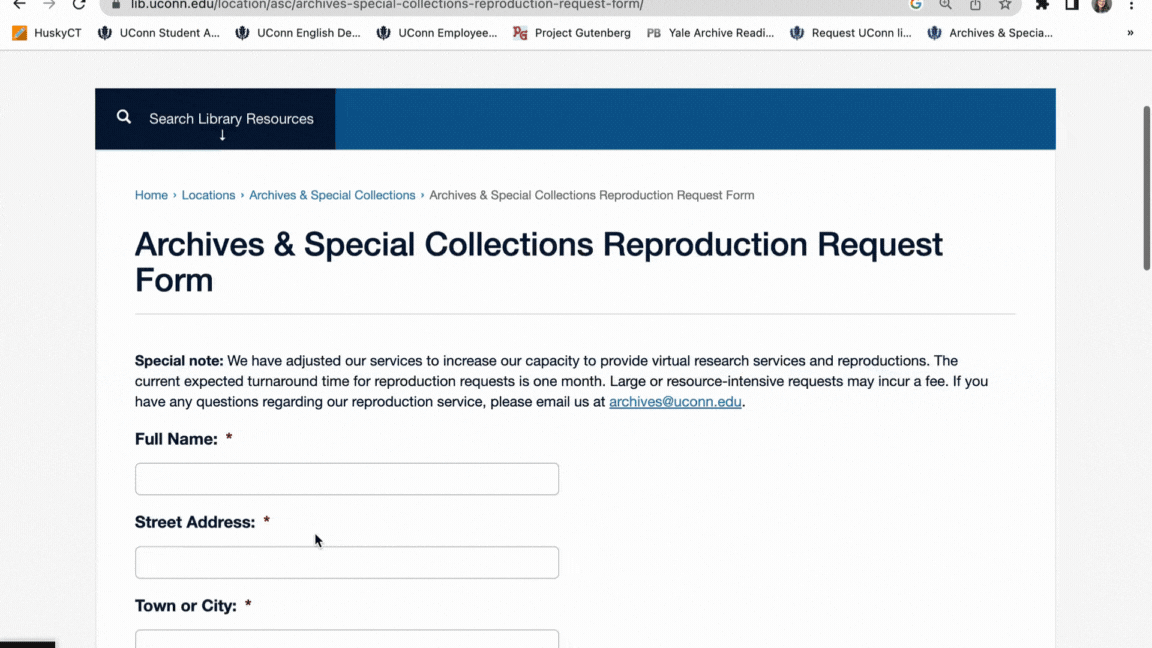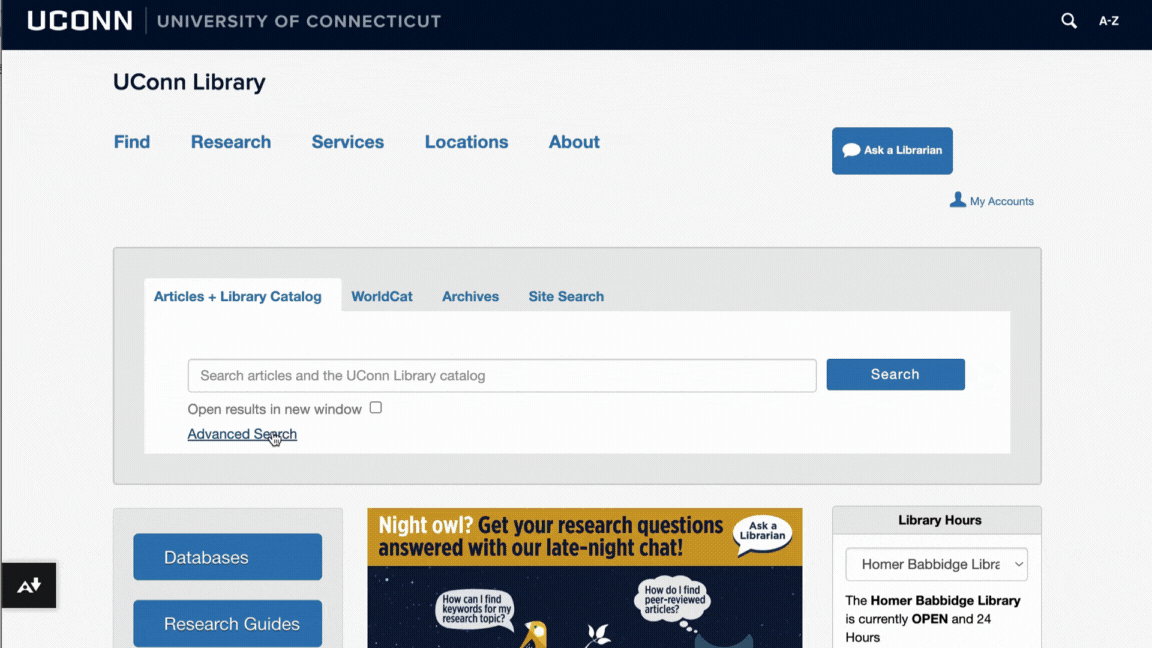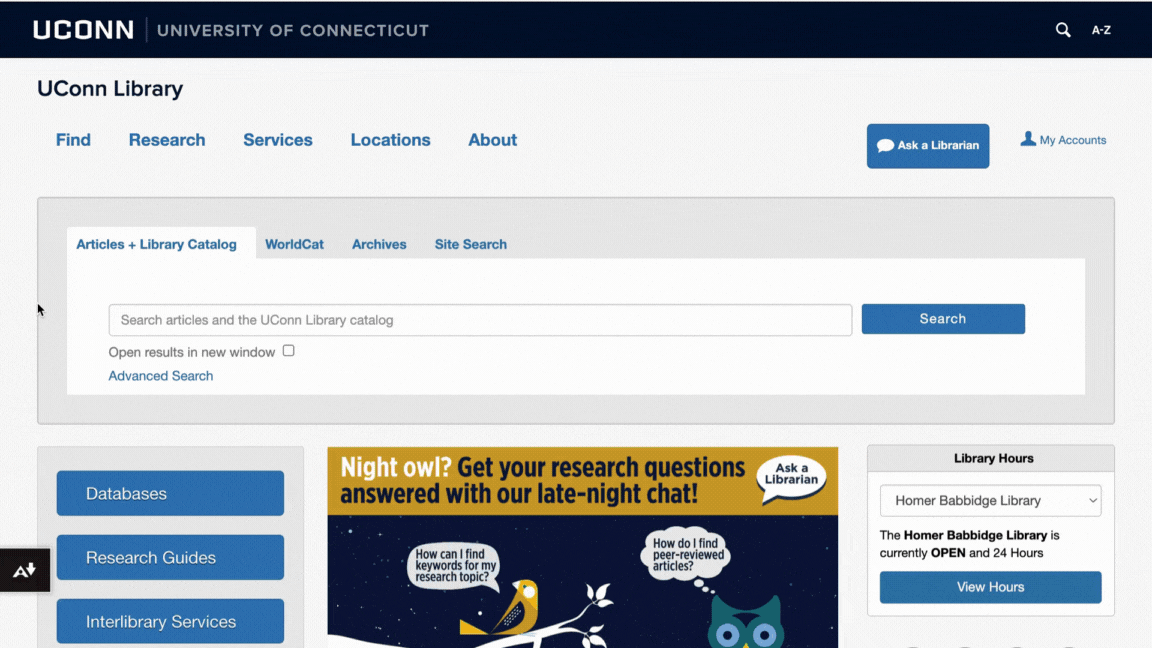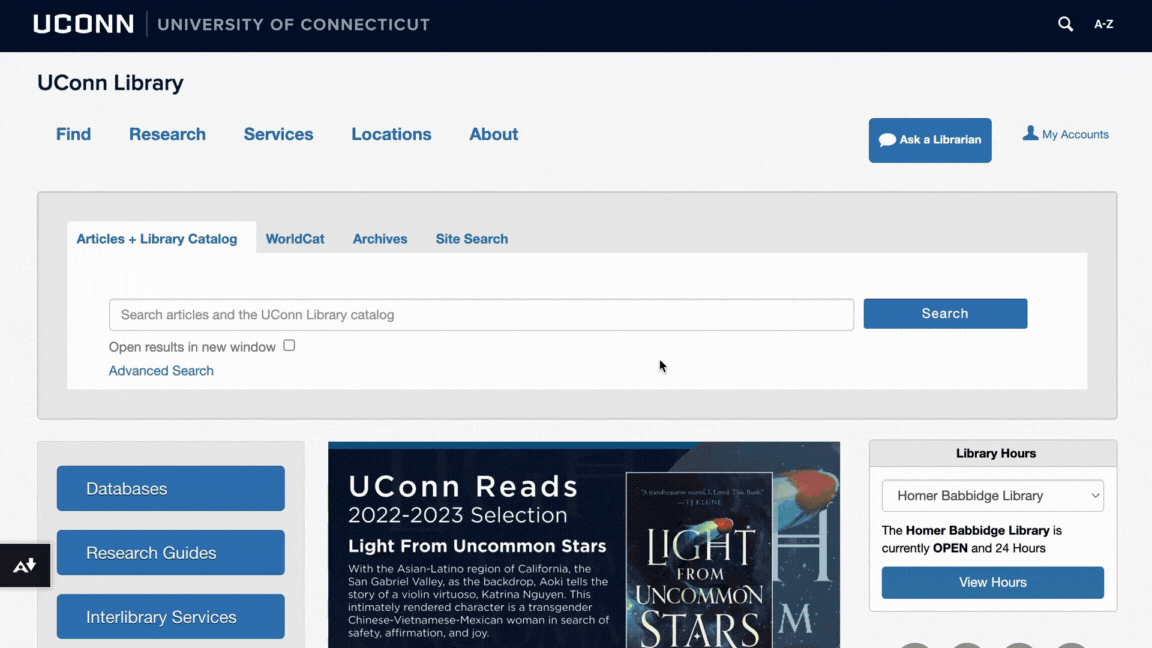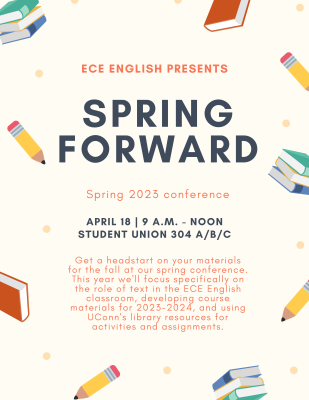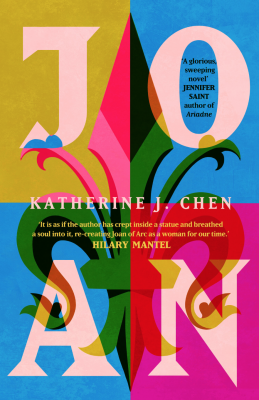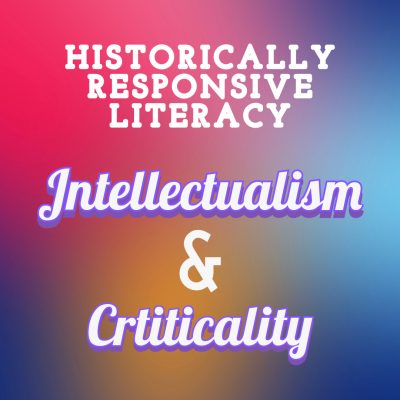 In the last two posts on Gholdy Muhammad’s historically responsive literacy, I focused on the first two of four aspects she puts forward in Cultivating Genius: identity and skills. I offered possibilities for how those two aspects might be considered in light of our habits of practice. Now we turn to the last two aspects of HRL (intellect/intellectualism and criticality) along with some concluding thoughts on this series of posts.
In the last two posts on Gholdy Muhammad’s historically responsive literacy, I focused on the first two of four aspects she puts forward in Cultivating Genius: identity and skills. I offered possibilities for how those two aspects might be considered in light of our habits of practice. Now we turn to the last two aspects of HRL (intellect/intellectualism and criticality) along with some concluding thoughts on this series of posts.
Intellectualism
Intellectualism, for Muhammad, is about understanding things and knowing how those things affect the world around someone. It is knowledge, and it is knowledge in action. A person with intellect is someone who understands the information they’ve accumulated through an education and does something with that knowledge to better the world around them.
In many ways, Muhammad’s approach to intellectualism could be brought into conversation with the habit of practice “contextualizing.” To contextualize writing means to put it into relationship with what is happening around it. It is an acknowledgment that writing doesn’t happen away from or without culture but that writing is the very middle of what is happening.
Muhammad does warn: “I find that intellectualism can be minimized in schools as the focus shifts to skills and test prep” (Ch. 5). Intellect is more than learning how to do something; it’s also about learning why to do something and why we learn how to do it. Muhammad uses the following example to illustrate her point:
“As an example, teachers should teach students on the subject of ‘What does mathematics mean?’ I asked this question once to large group of high school math teachers, and no one knew, but they all saw the importance of learning the ways mathematics is defined. Mathematics (like all content areas or disciplines) has a rich history, and the ways it was conceptualized has changed over time. Teachers ought to teach the history of their discipline . . . as an intellectual endeavor.” (Ch. 5)
We can apply this example to the writing classroom. “What does writing mean?” The answer will be different to each person and their understanding of the history of writing, but there are specific ways writing has been used throughout history—for instruction, for communication, for philosophy, for personal thought and record, for history, for procedure, for propaganda—that Muhammad invites us to bring into our classrooms.
We might consider teaching the history of a multimodal project. How, for example, did social media come about, if we’re asking students to make a TikTok video? We could also talk about how social media can be used for data collection, political influence, and social change and ask students to reflect on their experience with social media and their reasons for making certain choices in their project creation.
One way this pursuit of intellectualism could be brought into feedback is through a modified peer review. Have students partner up with another person creating the same type of multimodal project. The student peer then writes a short response to the peer’s work. What historical contexts or concepts do the students see in their peers’ works? How does their peers’ works engage in a broader conversation around that media? In providing feedback attuned to the context and engagement a multimodal project is doing, students will gain a deeper understanding of how their writing and other people’s writings are in conversation with others—or how they might be able to bring their work into more conversation with others.
Criticality
Criticality encourages people to take an anti-oppressive stance in their activism and writing about the society around them. Because there are various forms of oppression in society—sexism, racism, etc.—criticality encourages rooting them out, interrogating where, how, and why they are, and pursuing a way toward a just future. It creates a “transformative purpose for change and liberation” (Ch. 2), recognizing that in this world, we all face oppression and subjugation.
When providing feedback, we might use criticality as a way to push our students to apply their writing more to an engagement with the world around them. How, we might ask the student, does this part of the essay or multimodal assignment invest them in helping to improve society? It may not cause a great change or the end of oppression, but it is a small way—within the community they’ve grown up and within the community of the classroom—to oppose oppression.
Criticality could also be used as a way to provide guidance in peer review. Muhammad writes that criticality includes “reading print texts and contexts with an understanding of how power, anti-oppression, and equity operates throughout society. Criticality enables us to question both the world and texts within it to better understand the truth in history, power, and equity” (Ch. 6). Along this vein, we might consider having our students read each other’s work and respond to the following questions:
- How does this work understand and negotiate power?
- How does this work oppose oppression and encourage equity?
- How does this work question the world around us?
- How does this work improve our understanding of history, power, and equity?
While this might not work with every writing assignment, it could lead to interesting conversations between students about the application of their written and designed work.
Conclusion to Cultivating Genius and HRL
Muhammad’s work in Cultivating Genius has given us four specific aspects to think about and consider in relation to the various concepts used in the first-year writing classroom through the University of Connecticut. These ideas have helped us analyze how we might expand our use of the habits of practice, the essential components of the FYW classroom, and feedback and response to our student writers.
HRL reminds us to think about how we are encouraging our student’s to use their entire being to develop themselves as thinkers and engagers in the world. How, HRL asks in the first-year writing classroom, might we use this writing project or that multimodal assignment to affect the world around us? This effect might not be grand or large—each writing assignment does not need to change the entire world. But HRL does help us focus on how a writing assignment might affect two or more students in conversation with each other about a topic or assignment.
By asking ourselves how each writing assignment encourages identity formation, skill acquisition, intellectual engagement, and criticality opposed to oppression, we integrate into our pedagogy a way of making each assignment and lesson applicable.
Questions to Consider About HRL in the Writing Classroom
Muhammad invites us to think about how we might reframe and reassess our lesson plans. Identity, skills, intellect, and criticality are all things we are emphasizing in our teaching of writing, but by using Muhammad’s new vocabulary and historically influenced approach, we might see new ways we can highlight different aspects that can support our students’ writing.
Muhammad offers four questions around the four aspects of historically responsive literacy (qtd. from Ch. 2):
- Identity: How will my instruction help students to learn something about themselves and/or about others?
- Skills: How will my instruction build students’ skills for the content area?
- Intellect: How will my instruction build students’ skills for the content area?
- Criticality: How will my instruction engage students’ thinking about power and equity and the disruption of oppression?
To end this blog series on Cultivating Genius, I want to leave you with some questions to consider in your writing classroom:
- How does your feedback to students invite them to expand their own identity?
- How do your interactions with students engage them in developing their skills?
- How might a peer review session increase a student’s intellect? How can you point to that in the post-peer review lesson?
- Are your students thinking critically about their own writing and their peers’ writings? How can you model that for students? How can you invite them to question each other in a way that is inviting and increasing criticality?
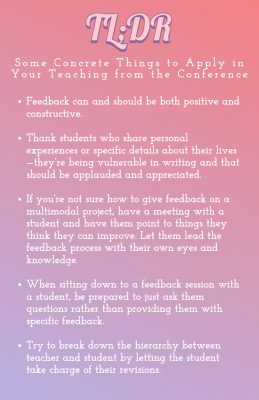
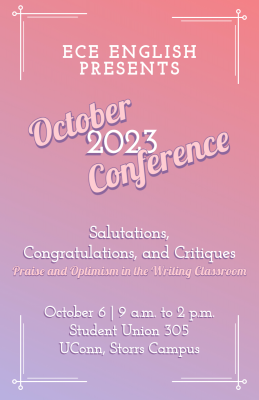 A lot has happened in the last few years from pandemics to wars to disagreements to economic upheavals. Our students have lived through these events, surviving and, hopefully in some cases, thriving resiliently. How can we make our classrooms a space for optimistic inquiry through writing? How might we facilitate classrooms with positive critique and critical praise? How can we bring some joy and light through multimodality and studio pedagogy into the lives and experiences of our students? This conference builds on the work of Deonna Smith
A lot has happened in the last few years from pandemics to wars to disagreements to economic upheavals. Our students have lived through these events, surviving and, hopefully in some cases, thriving resiliently. How can we make our classrooms a space for optimistic inquiry through writing? How might we facilitate classrooms with positive critique and critical praise? How can we bring some joy and light through multimodality and studio pedagogy into the lives and experiences of our students? This conference builds on the work of Deonna Smith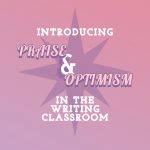
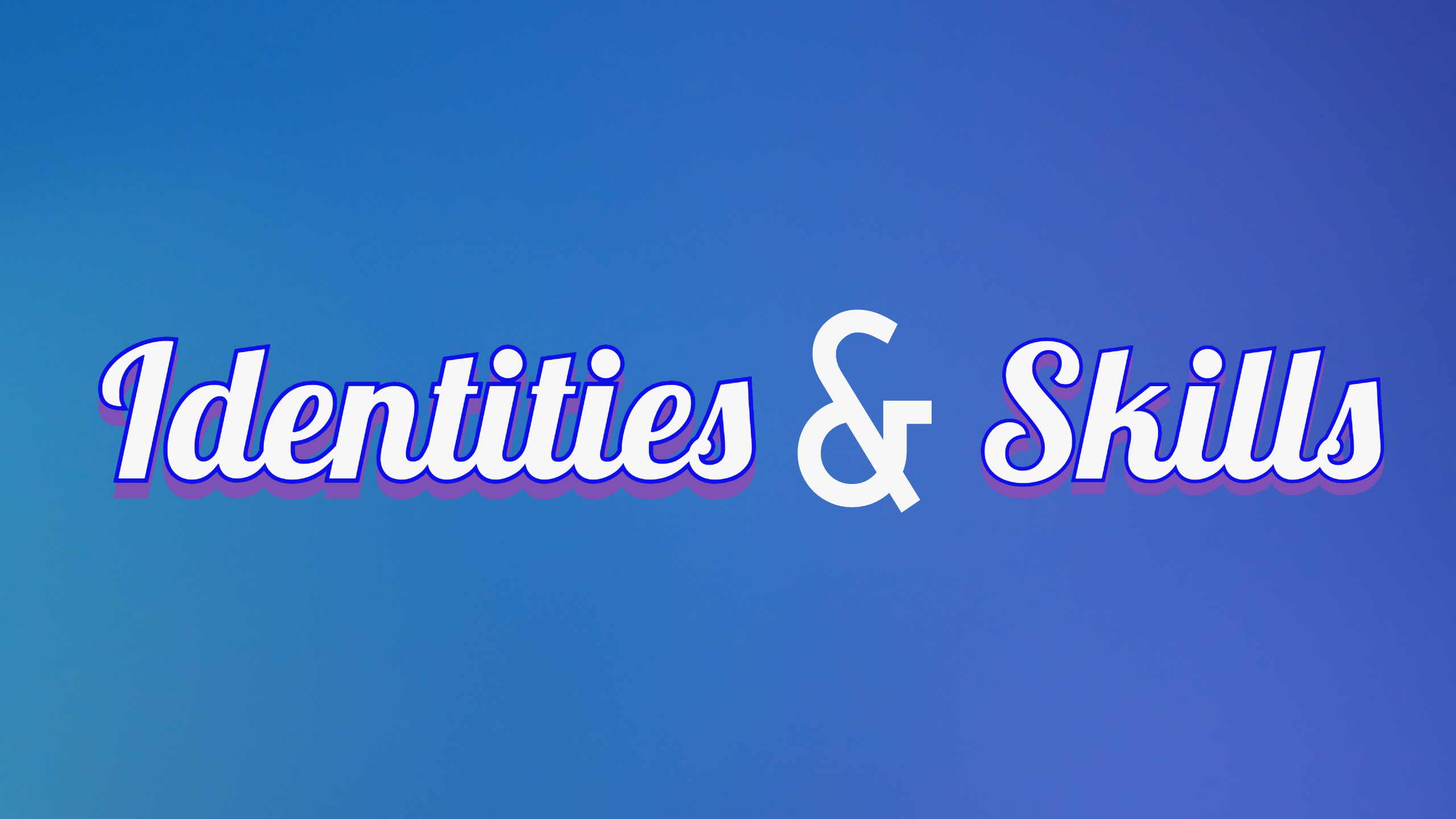
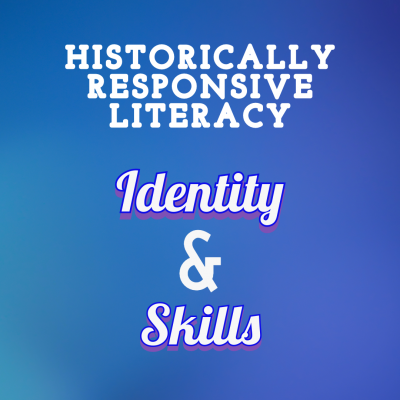 Gholdy Muhammad’s
Gholdy Muhammad’s 
